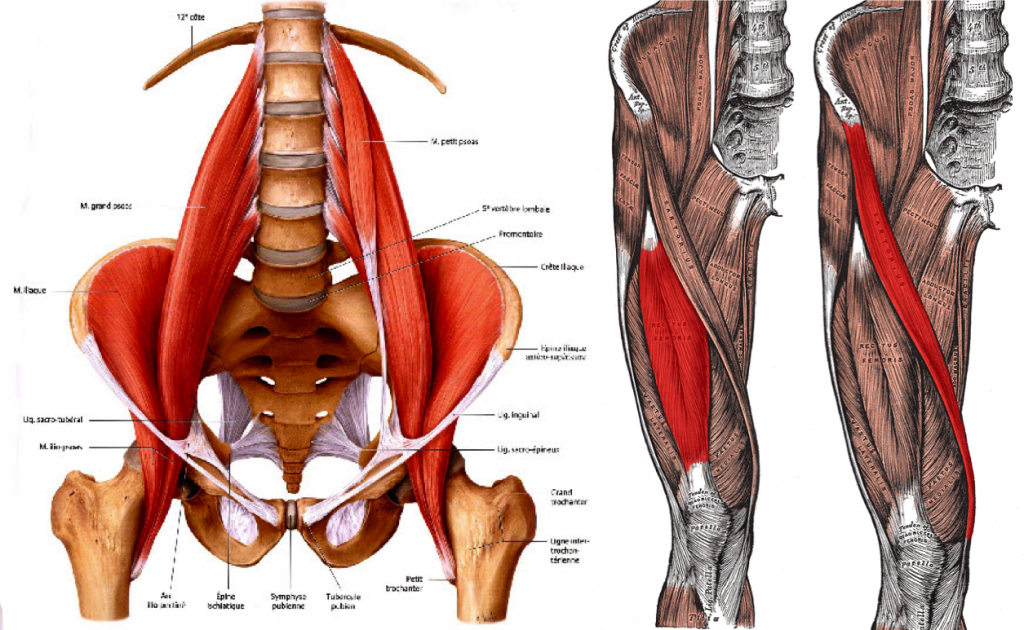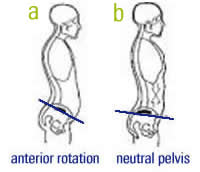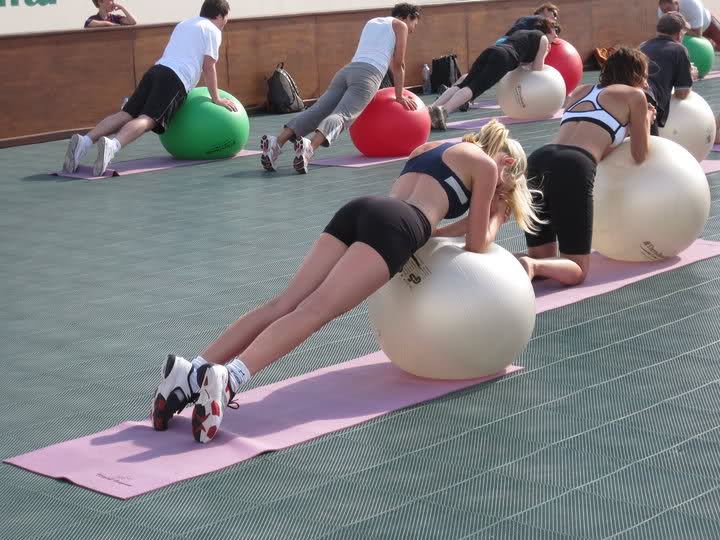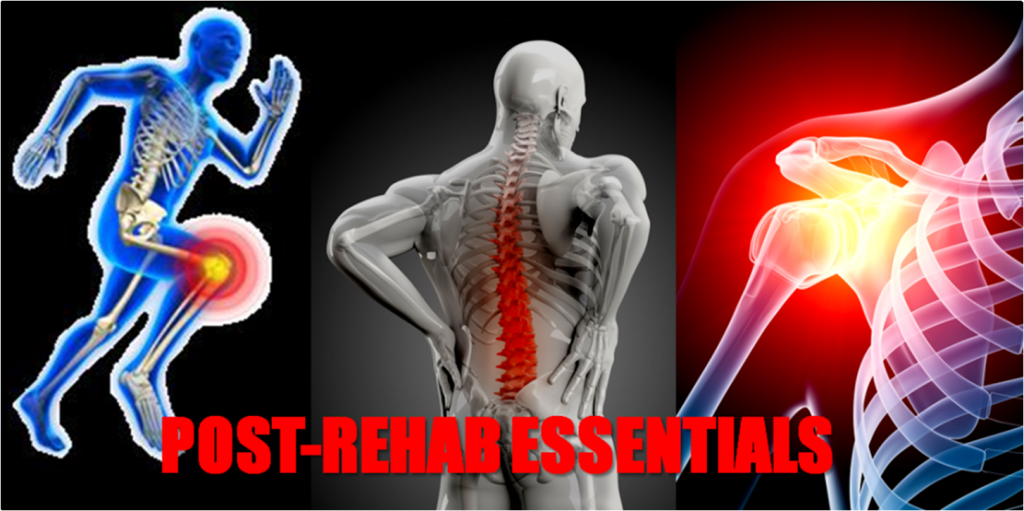Some Reasons Why You Should Stop Stretching Your Hip Flexors
If you were to overhear the odd conversation between people who were involved in any type of physical activity, you would probably hear some commonalities:
“I’m doing intermittent fasting.” “Really? I’m going paleo.”
“My trainer has me on this really hard workout he got from JillianMichaels.com. It’s gotta work since it’s so hard.”
“My shoulders been hurting for the past few years, but I think I could probably train through it and it will go away on its’ own.”
“I wanna run faster, so I’m going to double my mileage this week.”
Along with these little snippets of people who just don’t get it is the odd dozen few people who complain of chronically tight hip flexors that no matter how often they stretch them just don’t seem to loosen up.
Now maybe the thought process of doing the same thing over and over again and somehow getting a different response may seem like a good idea to some, whereas others may think they just need to “spend more time” stretching that tight and unforgiving muscle to make some headway, the simple fact of the matter is that if it’s not working, it’s probably not the right solution.
Let’s look at the hip flexor itself. The main components come down to the illiopsoas (the illiacus and psoas muscles), the sartorius, and the rectus femoris. The illiacus attaches on the upper portion of the femur and begins on the inside crest of the illium (inside of the pelvis), where the psoas attaches all the way through the transverse processes of the lumbar spine, even binding into the discs directly. The rectus femoris begins at the base of the anterior superior illiac spine, and attaches all the way down to the knee cap, whereas the sartorius starts in the same place as the rectus femoris, but attaches on the medial aspect of the knee, blending with the MCL and portions of the hamstrings.
 When these muscles contract together without the use of the floor, we see hip flexion as in the case of a hanging leg raise. When we see the muscles contract while the feet are contacting the ground, we see a variation of hip flexion known as an anterior pelvic tilt, or buddy rockin a serious hard ghetto booty.
When these muscles contract together without the use of the floor, we see hip flexion as in the case of a hanging leg raise. When we see the muscles contract while the feet are contacting the ground, we see a variation of hip flexion known as an anterior pelvic tilt, or buddy rockin a serious hard ghetto booty.
One of the more forgotten affects of the illiopsoas is as a component of spinal stabilization. Seeing as how the psoas attaches all the way along the lumbar spine, providing compression and stabilization against uncontrolled spinal flexion, lateral flexion, and shear. It’s kind of a big deal like that.
Interestingly enough, the psoas also has tremendously important fascial networks, such as the medial acrurate ligament essentially being a continuation directly to the diaphragm. It’s lower fibers directly attach to the pelvic floor. Here’s another reason why breathing patterns can affect everything.
Panjabi showed in Therapeutic Exercise for Spinal Segmental Stabilization that when the transverse abdominis isn’t working well after a low back injury, the psoas kicks up hard to cover the difference. This simple feat shows how much of a role the psoas plays in spinal stability.
So for people who have chronically tight hip flexors, is it a simple act of stretching the muscles that’s going to solve the problem, or is it the fact that they’re pulling double duty for an unstable spine and under developed core that’s causing them to be tight in the first place? Another way to look at it, if you stretched a short and tight muscle and it regained length, it shouldn’t get tight again, should it? Whereas if the muscle wasn’t technically “tight” but rather holding excessive tone in order to keep your spine from looking more like a losing game of Jenga, stretching it will just give more opportunity for low back pain, and quickly lead to the muscle tensing up again to defend the spine.
So is the hip flexor tight because it’s short or because it’s responding to a weak core? Simply put, it’s typically a core dysfunction, but then the fun begins. The core is weak, but it’s not simply an inability to do crunches and stuff like that. It’s the ability of the spine to maintain a stable and powerful foundation in a neutral pelvic position, and with fantastically awesome glute activationto drive the body forward.
One way to effectively “stretch” the hip flexors is to get the pelvis back to neutral, potentially even into a posterior tilt, while firing the living hell out of your glutes. I’m not simply talking about maximal voluntary contraction. I’m talking cracking walnuts with your cheeks. Making a tonne of coal turn into three carats worth of diamonds, that kind of pressure.
We can do this in a half kneeling position with a postural isometric hold….
…or to help someone hate their entire existence it could be through a rear foot elevated split squat focusing on vertical spine and pelvic tilt.
These tend to make people unable to walk for a few minutes after completing them, especially when they get into the right position where those hip flexor muscles (specifically the rectus femoris) become super tensioned and stretched to their limits under load.
If stretching these suckers out doesn’t produce the desired “stretching” of the hip flexors, we can work on getting the core stiff and stable to resist the need of the iliopsoas to contract to give more spinal stabilization.
We can plank the hell out of that sucker as long as we keep a neutral pelvis and spinal position.
THis is a long shot different from the typical plank you see in most facilities where you see a combination a Christina Milian music video and a cry for help.
In addition to planks, performing “anti” core exercises, which work on resisting external forces that are trying to push you through extension, flexion or rotation. I wrote about it in a T-Nation article HERE, so check it out for more info.
Following the core strengthening, working on glute activation through various hip extension movements is the big finale. For one, the glutes main function of hip extension is an agonist to the hip flexors, and are also directly involved in low back stability, which means they help to pick up the slack for the core during movements, and helps reduce the impulse on the psoas, therefore reducing the “tightness.”
Glute activation to combat hip flexor stiffness is best with full range hip extension exercises like deadlifts and hip bridges. Preferably with copiously mind-numbing amounts of weight that make loud noises when set to the floor so everyone can see as well as hear how awesome you are.
To learn more about core function and how to train hips, spine and shoulders to work together and recover from injuries faster and more dieseled out than anyone ever, check out Post Rehab Essentials. This 12 hour video series talks about everything you need to help build a bulletproof body following any kind of overuse injury. Get your copy today.
Till next time, stay classy.




88 Responses to Some Reasons Why You Should Stop Stretching Your Hip Flexors